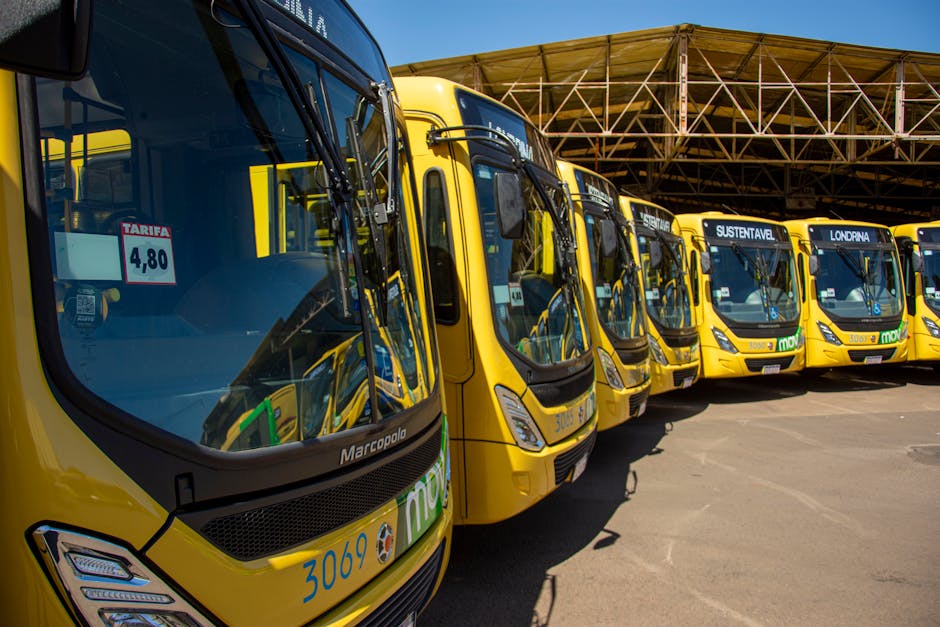For more than three decades, Indian and American leaders pursued a mutually beneficial relationship that built upon common grounds and sought middle grounds in case of divergences. But the principle of mutuality that underpinned the India-US relationship has now ended.
With 50 per cent tariffs, unending verbal attacks, unleashing his minions to insinuations lacking factual bases, and a
burgeoning alliance with India’s adversaries, Trump has made it clear that he is not seeking a negotiated trade agreement but wants India to accept his diktats without question — and that he is up for getting his hands dirty in this pressure campaign.
STORY CONTINUES BELOW THIS AD
It is this approach, and not any unmanageable differences on trade or foreign policy, that has driven the India-US relationship to the lowest point in decades.
Firstpost has learnt that India-US trade talks were going well until Trump abruptly dumped the progress and ramped up his demands to unrealistic levels.
Even as Trump has claimed himself to be a master dealmaker, Firstpost has learnt that he has been a fickle in trade talks and has not been consistent in his terms.
India-US trade talks were going well — then came Trump
In July, Indian and American negotiators were close to finalising a draft for a trade agreement well ahead of the August 1 deadline, but Trump ramped up his demands out of nowhere and blew up the progress, Firstpost has learnt.
It is not clear if it was a draft for the final trade deal or a ‘mini deal’ that negotiators were said to be looking forward to at the time.
Firstpost learnt that India offered certain relaxations in trade talks, which would have helped American businesses, but that was not enough for Trump.
It is understood that these relaxations concerned regulatory and compliance matters that would have created an enabling environment for American businesses looking to enter India. It is not understood to be acceptance of American demands on contentious issues like agriculture, dairy, and genetically modified (GM) crops.
STORY CONTINUES BELOW THIS AD
Firstpost has also learnt that Trump was fickle in trade talks, offering India tariff rates of 10 per cent, 15 per cent, and 19 per cent at various points.
ALSO READ:
With tariffs & threats, Trump dashes hope of being India’s top partner
Such an unpredictable manner in serious bilateral trade pact talks suggests that President Trump is not negotiating in good faith and wants all gains from a deal for himself instead of a win-win deal, according to Ram Singh, a professor of international trade and business at the Indian Institute of Foreign Trade (IIFT).
“India has always valued its autonomy. India will not agree to an unequal trade deal like Japan or South Korea, which are dependent on the United States for security. The current trade tensions and the way US officials have conducted themselves in unprecedented. Previously, they understood Indian positions. Now, they have a ‘my way or the highway’ approach and want everything for themselves,” Singh tells Firstpost.
STORY CONTINUES BELOW THIS AD
Trump risks decades of progress in India-US ties
In India, Trump is already being compared to late Richard Nixon, the disgraced Cold War-era President of the United States who sided with Pakistan and deployed the 7th Fleet of the US Navy to intervene in the India-Pakistan War of 1971 on the side of Pakistan.
That episode is seared into the Indian public memory and continues to serve as a reminder that the India-US relationship, which has become central to India’s foreign policy, is not as old as it might appear. Instead, it is quite young — just over three decades old.
With his
tariff war and systematic undermining of India, Trump has put at risk the progress made post-1990s by all the presidents and prime ministers.
President Trump has broken the trust in the India-US relationship, and it will take time and efforts on part of the Americans to rebuild trust, and the responsibility would likely fall on the next administration, says Yusuf Unjhawala, a scholar of geopolitics at the Takshashila Institute.
“For now, the India-US relationship appears to be frozen and that is expected to deal a blow to collaborations such as the Quad. However, this situation also brings opportunities for middle powers, including in the Indo-Pacific, to come together. I have long believed that India, Japan, and Australia should have a much closer partnership,” says Unjhawala.
STORY CONTINUES BELOW THIS AD
As tariffs are just one way of needling India, Trump has strengthened the anti-India sentiment in the country and the government.
Beyond tariffs, Trump has interfered in Jammu and Kashmir, undermined India on Operation Sindoor, equated Pakistan to India, aligned with Pakistan, and partnered with Islamist regimes of Syria and Turkey. This has reignited Cold War-era fears that the United States essentially wants to check India’s rise.
At least in the immediate future, there is merit in such fears.
Some of the most vulnerable sectors from Trump’s tariffs in the immediate futures are some of the most labour-intensive and politically sensitive, such as the marine sector (shrimp, prawn, etc), textile sector, and edibles (fruits, pickle), according to Singh, the international trade and business professor at IIFT.
Any disruption in these sectors could have serious sociopolitical consequences.
